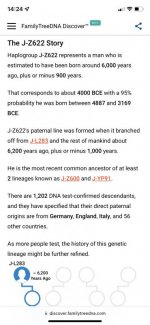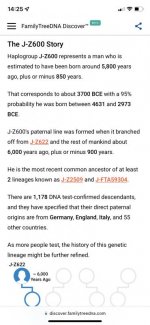torzio
Regular Member
- Messages
- 3,963
- Reaction score
- 1,227
- Points
- 113
- Location
- Eastern Australia
- Ethnic group
- North East Italian
- Y-DNA haplogroup
- T1a2 - SK1480
- mtDNA haplogroup
- H95a
I have to see if I find some study about that later.
In any case
Maros culture has 55 percent aegean.
https://en.m.wikipedia.org/wiki/Daunians
There are numerous testimonies among ancient authors (Pseudo-Scylax, Virgil, Festus, Servius) of a presence of the Daunians beyond the Apennines in Campania and Latium where some towns claimed Diomedian origins.
you do realise if the Daunians are known as Iapygian like the Messapics are....and that Iapygian is known as a Greek term for Iapodes ......we all know that the Iapodes are from modern north croatia ................then the messapics are then from Northern Croatia ............occam razor system ............
Since you believe Strabo....then the bulk ( 70 to 80% ) of Illyrians come from the eastern alps and pannonia ...........














